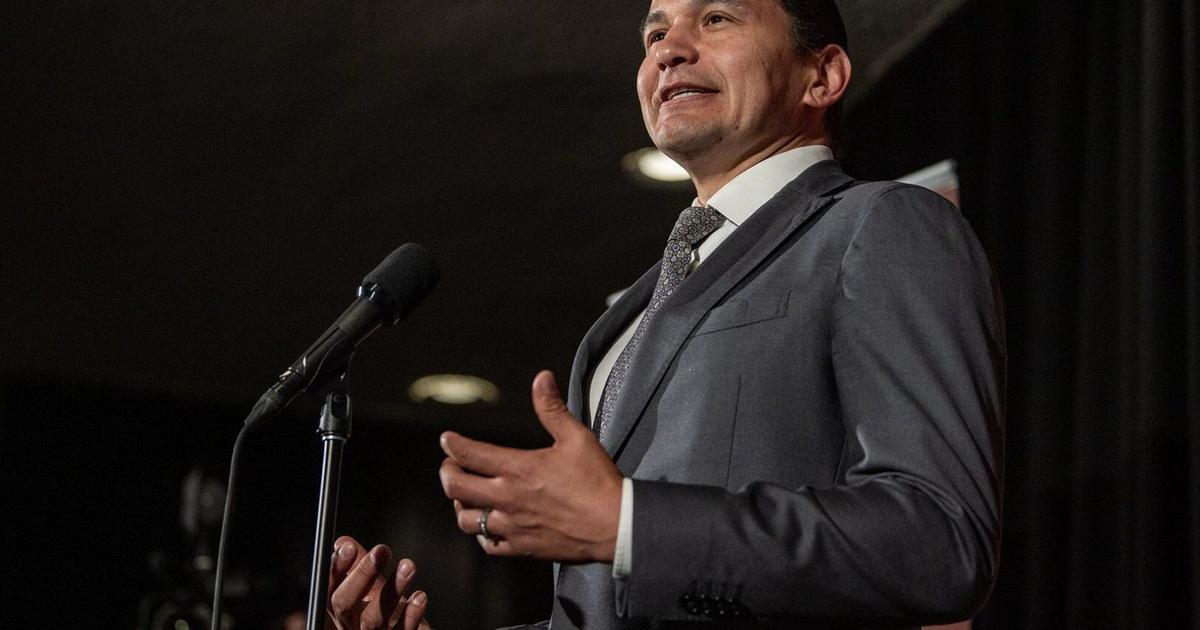CALGARY – Alberta’s push for a new oil pipeline has been dredging up the ghosts of projects past. Here is a look at what happened with three ill-fated projects:
KEYSTONE XL
First proposed in 2008, TransCanada Corp.‘s Keystone XL extension would have expanded an existing pipeline delivering crude to refineries in the U.S. Midwest and provided a direct route to the world’s biggest refining complex on the Texas coast.
Canada’s energy regulator approved the plan in 2010. South of the border was another matter as activists made the project a proxy for the broader battle against climate change.
The saga was marked by pipeline reroutes, lawsuits, political showdowns and high-profile protests that saw the likes of actors Margot Kidder and Daryl Hannah arrested outside the White House.
Former president Barack Obama nixed the pipeline — twice — only to have President Donald Trump reinstate its permit during his first term. Former president Joe Biden pulled the plug on the pipeline again on his first day in the White House in 2021.
In his second term, Trump has said he wants to revive Keystone XL, and Prime Minister Mark Carney has raised the prospect with the U.S. president. The existing system now has a new owner, South Bow Corp., which was spun off a year ago from its parent company.
South Bow has said it has moved on from Keystone XL, but it will “continue to explore opportunities that leverage our existing corridor.”
ENERGY EAST
Amid ongoing drama over Keystone XL’s future in 2013, TransCanada pitched an Alberta-to-New Brunswick pipeline that many observers thought would have a smoother ride.
It did not.
Energy East would have converted part of the company’s underused cross-Canada natural gas system to carry oil. It aimed to deliver Alberta crude to eastern refineries, and to export terminals in Cacouna, Que., and Saint John, N.B., that would have enabled shipments to Europe.
The project attracted fervent opposition from environmentalists and the Quebec government. The Cacouna port was scrapped in part due to concern for beluga whales in the St. Lawrence River. Panel members from the National Energy Board were sidelined after conflict-of-interest accusations.
TransCanada eventually cancelled the project, citing “changed circumstances.”
But the cancellation also happened against the backdrop of weak crude oil prices and a temporary resurgence in Keystone XL’s fortunes after Donald Trump was elected U.S. president in 2016, undermining the case for an alternate route.
NORTHERN GATEWAY
Enbridge Inc. filed an application to the federal regulator in 2010 for a pipeline that would have connected Alberta oilsands crude to a tanker port in Kitimat, B.C., and to lucrative Asian markets from there.
The proposal drew fierce opposition from B.C. First Nations that have not signed treaties with the Crown, particularly those on the coast fearful of an oil spill. There was also staunch resistance from the B.C. government.
The federal government approved the project in 2014 and court challenges followed. Two years after Northern Gateway got the regulatory green light, the Federal Court of Appeal yanked its permit, saying Ottawa failed in its duty to consult with Indigenous communities. Enbridge said it would “re-engage” with First Nations.
The government of former prime minister Justin Trudeau then officially killed Northern Gateway, while approving a different Enbridge project to U.S. markets and the Trans Mountain pipeline to the Vancouver area, which Ottawa eventually purchased from pipeline operator Kinder Morgan after that project’s own legal and regulatory roller-coaster.
In announcing those decisions in November 2016, Trudeau also said he had directed the National Energy Board to dismiss Northern Gateway’s application and that a tanker traffic ban on the B.C. coast would become law.
This report by The Canadian Press was first published Nov. 25, 2025.



